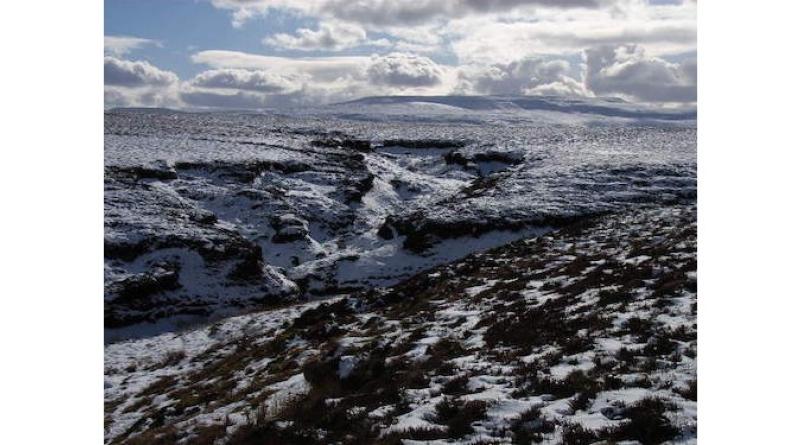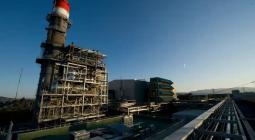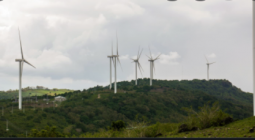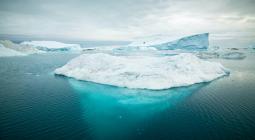Permafrost Peatlands ‘On a Precipice’, But Strong Policies Can Limit Climate Threat

Global warming is pushing the carbon-storing peatlands in Northern Europe and Siberia closer to a climate tipping point than previously believed, researchers warn, but policies to reduce emissions can still save the lands in northernmost Western Siberia.
The permafrost peatlands in Western Siberia and Europe’s Fennoscandia region store 37 to 39.5 billion tonnes of carbon, or twice as much carbon as all of Europe’s forests, according to a University of Leeds study published in the journal Nature Climate Change.
Modelling shows these fragile ecosystems are “on a precipice,” lead author Richard Fewster told The Independent. As temperatures rise, the plant material in thawing peat soils will start to decompose, releasing greenhouse gases like carbon dioxide and methane into the atmosphere.
With only moderate efforts to get greenhouse gas emissions under control, Fewster said findings show a “widespread loss of suitable climates for peat permafrost by the end of the century.”
His team modelled a range of future climate and emission trajectories—from a strong mitigation scenario with all-out efforts to curb emissions, to no-mitigation scenarios and worse-case scenarios. They found that by as early as 2040, temperatures will have risen enough to thaw the peatlands currently frozen in Fennoscandia’s cold, dry conditions.
But modelling also shows that strong action to reduce emissions by the 2090s could keep temperatures low enough to maintain the carbon stored in northernmost Western Siberia, indicating that socio-economic policies will determine the extent of thawing.
Though much of these fragile ecosystems cannot be saved at this point, “that doesn’t mean we should throw in the towel,” Fewster said. “The rate and extent to which suitable climate is lost could be limited, and even partially reversed, by strong climate change mitigation policies.”
Source:The energy mix
Photograph:Andrew Smith





